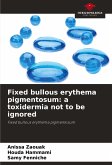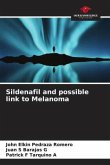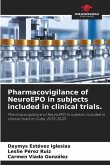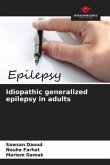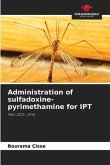Acute generalized exanthematous pustulosis (AGEP) is a rare form of toxidermia, one of the severe cutaneous adverse drug reactions (SCAR). It is a febrile, erythematous, putular cutaneous reaction, most often caused by drugs. It may also be due to a viral infection (enterovirus: coxsackie, echovirus or cytomegalovirus), a toxic substance (mercury) or a food allergen. All ages are concerned. The drugs most often responsible are antibiotics such as beta-lactams and pristinamycin. PEAG is a model of delayed drug hypersensitivity mediated by CD8 T lymphocytes. The onset of this toxidermia is short, ranging from a few hours to a few days. Diagnosis of this dermatosis is based on clinical and para-clinical criteria. These criteria were validated by a score, established in 2001 by the European SCAR study group (EuroSCAR).Clinically, PEAG manifests as a bright red, sometimes scarlatiniform, edematous erythema, undertaking the trunk, limbs, and more particularly the axillary and inguinal folds.
Bitte wählen Sie Ihr Anliegen aus.
Rechnungen
Retourenschein anfordern
Bestellstatus
Storno


